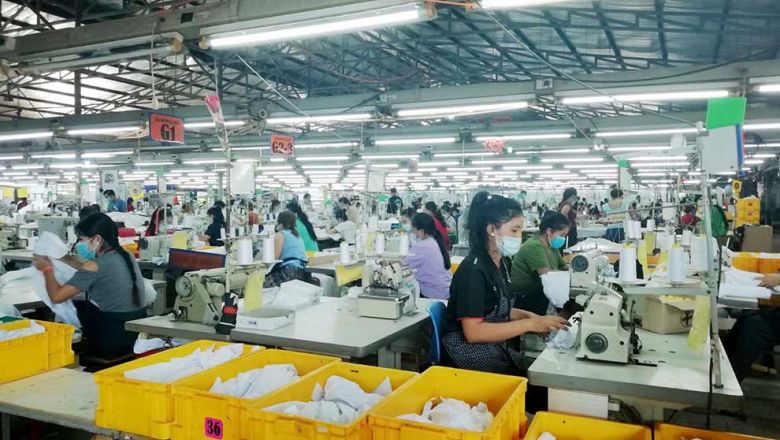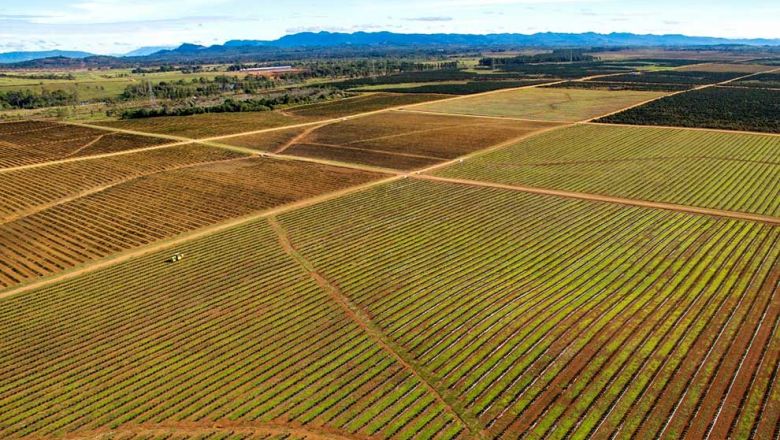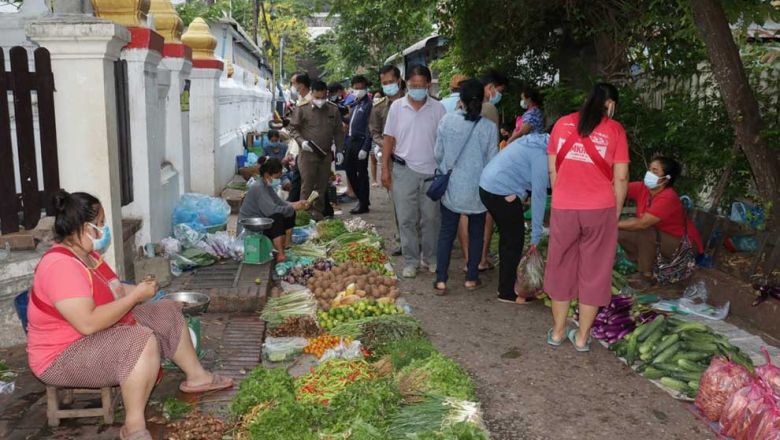Lao economic growth projected to slow
Lao economic growth projected to slow
Lao economic growth in 2014/15 is projected to slow slightly to 7.6 percent because the financial and banking service sector tightened up on the loans they issued in 2014 while the government will continue to curb expenditure in the public sector.
However, the Lao economy is expected to grow by 7.8 percent in fiscal year 2015/16 as there are some hydropower plants and dams near completion that are expected to start production for domestic consumption and export, while the financial and banking sector is expected to release more loans.
The figures were reported on Friday at the ‘Lao Economy in 2014 and Outlook for 2015' meeting, organised by the National Economic Research Institute (NERI) of Laos with support from the World Bank.
The meeting was co-chaired by Deputy Minister of Planning and Investment Dr Bounthavy Sisouphanthong and Director General of NERI Dr Leeber Leebouapao.
The objective of the meeting was to disseminate the results of research on Lao macroeconomic conditions in 2012 and 2013, which was undertaken by NERI under the Ministry of Planning and Investment in collaboration with other departments.
The report has three main parts.
Part 1: World Economic Performance in 2014 with factors to influence global and domestic economies in which highlights of political, economic and natural disaster solutions at regional and international levels will be discussed.
Part 2: Lao Macroeconomic Performance, in which growth and macro-economic stability will be discussed.
Part 3: Economic Outlook for 2015 and the next few years, in which global economic trends and projections of domestic economic trends for the coming years will be discussed.
The Lao economic report for 2014 concluded that the economy has continued to expand and stabilise.
In fiscal year 2013/14 the Lao economy grew by 7.8 percent which was the second highest growth rate among Asean countries, but was slower compared to 2012/13. GDP per capita reached 13.41 million kip (about US$1,671).
The service sector grew by 9.3 percent, making up 39.3 percent of GDP; the industrial sector grew by 8.5 percent, accounting for 27.5 percent of GDP; while the agricultural sector grew by 3 percent, accounting for 24.8 percent of GDP.
According to the report, economic stability in 2014 progressed compared to the previous year. The consumer price index grew at a slower pace due to there being little pressure from imported goods such as oil, and there was good traffic management.
The government was able to manage the exchange rate and incomes, adjust expenditure and reduce the budget deficit compared to last year.
However, the government was unable to implement income and expenditure plans according to the adjustment plan, while the inflation rate in the food and beverage groups remained high.

















